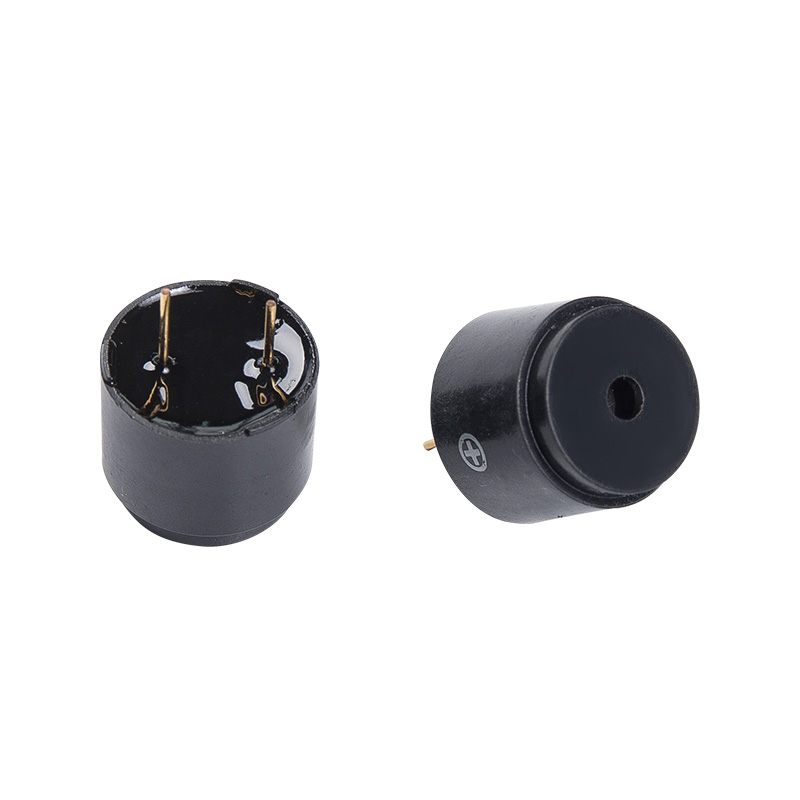Magnetic buzzers use pulse width modulation (PWM) to achieve energy efficiency for several reasons:
1. Controlled Power Delivery: PWM allows for precise control over the power delivered to the magnetic buzzer. Instead of providing a constant voltage or current, PWM rapidly switches the power on and off. By adjusting the duty cycle (the percentage of time the power is on), you can control the average power delivered to the buzzer.
2. Reduced Average Current: When PWM is used with a lower duty cycle, the average current flowing through the buzzer is reduced. This means that the buzzer operates at a lower average power consumption compared to continuously applying a higher voltage or current. Lower average current translates to energy savings.
3. Flexibility in Sound Output: PWM provides flexibility in generating sound output. By adjusting the PWM frequency and duty cycle, you can control the loudness and frequency of the buzzer's sound. This allows you to tailor the buzzer's performance to meet specific requirements without wasting energy on unnecessary sound levels.
4. Energy Conservation during Idle States: In scenarios where the buzzer is not continuously active, PWM can put the buzzer into a low-power or sleep state during the off periods. This effectively conserves energy when the buzzer is not in use, which is particularly important in battery-operated devices.
5. Enhanced Precision: PWM control offers precise and fine-grained control over the buzzer's operation. You can generate complex sound patterns and sequences with accuracy, ensuring that the buzzer operates only when needed and at the desired intensity.

6. Reduced Heat Generation: Continuous operation of the buzzer at full power can generate heat, which is often undesirable in electronic devices. PWM helps minimize heat generation because the power delivered to the buzzer is intermittent and reduced during off cycles.
7. Battery Life Extension: In battery-operated devices, conserving power is critical to extending battery life. PWM control ensures that the magnetic buzzer consumes power efficiently, allowing the device to operate for longer periods on a single battery charge.
8. Improved Energy Harvesting Integration: In applications where energy harvesting technologies are used to capture and store energy from ambient sources (e.g., solar, piezoelectric), PWM control can efficiently manage the energy flow to and from the buzzer, optimizing overall energy utilization.
9. Enhanced Environmental Adaptability: Some applications require the buzzer to adapt to changing environmental conditions or user preferences. PWM allows for dynamic adjustments in sound output while maintaining energy efficiency.
PWM is a versatile and energy-efficient control technique that is well-suited for magnetic buzzers. It strikes a balance between precise control of sound output and power conservation, making it an ideal choice for a wide range of applications where energy efficiency is a priority.


 EN
EN  English
English Deutsch
Deutsch 中文简体
中文简体
